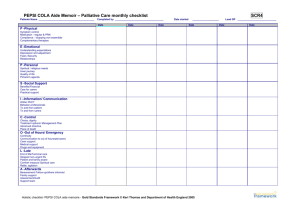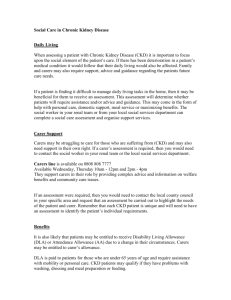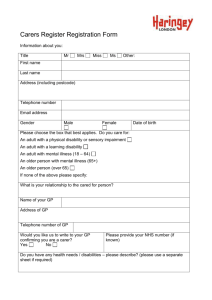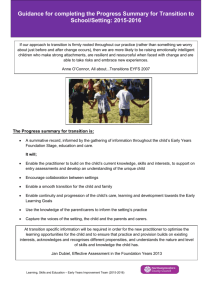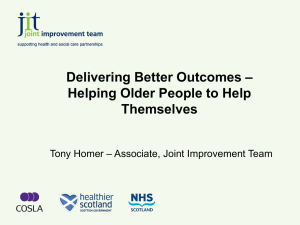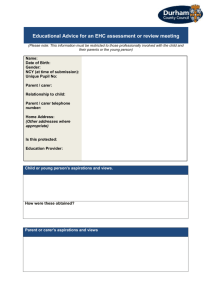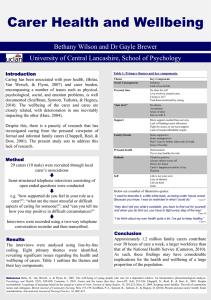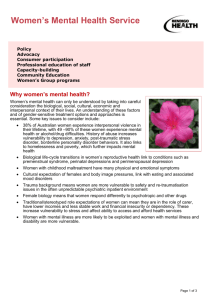an evaluation of patient and carer involvement in a renal nursing
advertisement
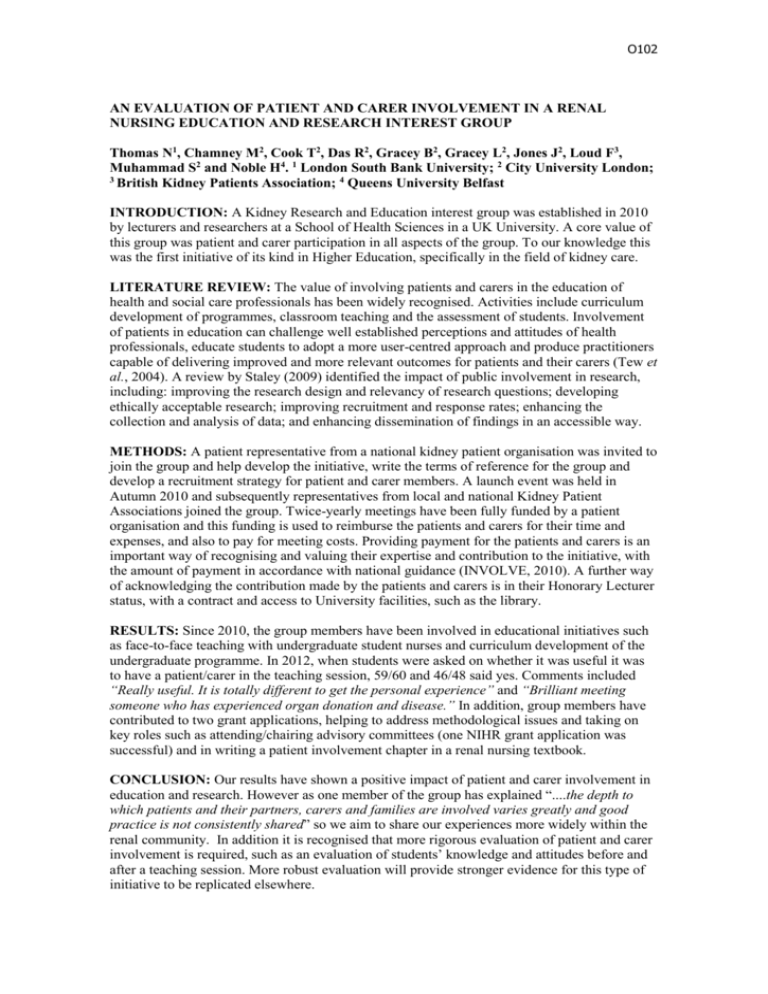
O102 AN EVALUATION OF PATIENT AND CARER INVOLVEMENT IN A RENAL NURSING EDUCATION AND RESEARCH INTEREST GROUP Thomas N1, Chamney M2, Cook T2, Das R2, Gracey B2, Gracey L2, Jones J2, Loud F3, Muhammad S2 and Noble H4. 1 London South Bank University; 2 City University London; 3 British Kidney Patients Association; 4 Queens University Belfast INTRODUCTION: A Kidney Research and Education interest group was established in 2010 by lecturers and researchers at a School of Health Sciences in a UK University. A core value of this group was patient and carer participation in all aspects of the group. To our knowledge this was the first initiative of its kind in Higher Education, specifically in the field of kidney care. LITERATURE REVIEW: The value of involving patients and carers in the education of health and social care professionals has been widely recognised. Activities include curriculum development of programmes, classroom teaching and the assessment of students. Involvement of patients in education can challenge well established perceptions and attitudes of health professionals, educate students to adopt a more user-centred approach and produce practitioners capable of delivering improved and more relevant outcomes for patients and their carers (Tew et al., 2004). A review by Staley (2009) identified the impact of public involvement in research, including: improving the research design and relevancy of research questions; developing ethically acceptable research; improving recruitment and response rates; enhancing the collection and analysis of data; and enhancing dissemination of findings in an accessible way. METHODS: A patient representative from a national kidney patient organisation was invited to join the group and help develop the initiative, write the terms of reference for the group and develop a recruitment strategy for patient and carer members. A launch event was held in Autumn 2010 and subsequently representatives from local and national Kidney Patient Associations joined the group. Twice-yearly meetings have been fully funded by a patient organisation and this funding is used to reimburse the patients and carers for their time and expenses, and also to pay for meeting costs. Providing payment for the patients and carers is an important way of recognising and valuing their expertise and contribution to the initiative, with the amount of payment in accordance with national guidance (INVOLVE, 2010). A further way of acknowledging the contribution made by the patients and carers is in their Honorary Lecturer status, with a contract and access to University facilities, such as the library. RESULTS: Since 2010, the group members have been involved in educational initiatives such as face-to-face teaching with undergraduate student nurses and curriculum development of the undergraduate programme. In 2012, when students were asked on whether it was useful it was to have a patient/carer in the teaching session, 59/60 and 46/48 said yes. Comments included “Really useful. It is totally different to get the personal experience” and “Brilliant meeting someone who has experienced organ donation and disease.” In addition, group members have contributed to two grant applications, helping to address methodological issues and taking on key roles such as attending/chairing advisory committees (one NIHR grant application was successful) and in writing a patient involvement chapter in a renal nursing textbook. CONCLUSION: Our results have shown a positive impact of patient and carer involvement in education and research. However as one member of the group has explained “....the depth to which patients and their partners, carers and families are involved varies greatly and good practice is not consistently shared” so we aim to share our experiences more widely within the renal community. In addition it is recognised that more rigorous evaluation of patient and carer involvement is required, such as an evaluation of students’ knowledge and attitudes before and after a teaching session. More robust evaluation will provide stronger evidence for this type of initiative to be replicated elsewhere.
